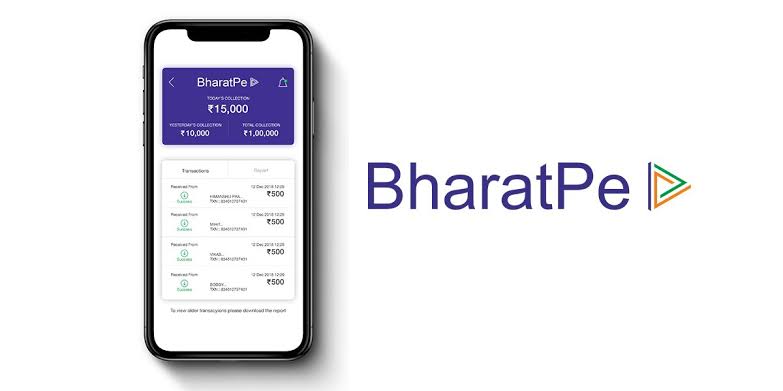Highlighting the rather unsuccessful business model that UPI is, online payments platform BharatPe has reported loss of $3.2 million for the FY’19. The company reports total expenses of ₹23 crores which includes ₹2.5 crore in employee benefits and ₹20 crore in other expenses. The data has come in through company’s annual RoC filing (via Paper.vc).
Further, the company has also reported rather not-best-spoken-of revenues of ₹39,000 which is primarily income from interest. Co-founded by Ashneer Grover and Shashvat Nakrani in 2018, BharatPe wants to make financial inclusion a reality for over 20 million small merchants in India. It currently provides services like digital payments, lending, deposits and other financial services omnipresent at the grassroot level.
As per the company, BharatPe is processing over 1.2 million transactions daily, allowing its 2.5 million+ merchant base to accept transactions for free on UPI. It processes transaction value of more than ₹15,000 crores (~$2.5B) annually and claims to have grown 20x in 2019.
Despite all those volumes and numbers, BharatPe’s financials reveal a rather known story in India’s UPI push. As soon as UPI came in post the dreaded 2016 demonetisation, several companies and startups rushed to seize the opportunity of tapping high volume of payments on their platforms. But off late, most of them have started realizing the lack of any potent business model in this domain. 70-80% of all UPI transactions are basically peer to peer, which rules out the possibility of generating any sort of revenue. And for UPI-only solutions like BharatPe, things are even more difficult. In an interview with Outlook Business, MobiKwik co-founder and CEO Bipin Preet Singh breaks it down. “Non-banking apps have very little control over how UPI works; it’s just built on top of UPI. In the long term if anybody can make money through UPI, it is the banks. The underlining economics of payments through UPI is controlled by the banks.”
Paytm too, has started its move of going away from incentivising P2P UPI transactions, since the company sees little economic value in the same. “We see very little economic value in P2P transactions. In fact, most of the customers are gaming the system to earn more cashbacks and that is why we are off that market. For us customers become valuable when he pays the merchants and that is the incremental market we are after,” said Paytm’s Vijay Shekhar Sharma in the same Outlook interview.
In terms of competition too, BharatPe looks to be in a tough spot. As of September 2019, Paytm accounts for 6% of the transactions with Google Pay on top with 62%, and PhonePe at 25%. Amazon also has its own digital payment platform, Amazon Pay, and added peer-to-peer (P2P) digital payments earlier this year.
The Tech Portal is published by Blue Box Media Private Limited. Our investors have no influence over our reporting. Read our full Ownership and Funding Disclosure →






